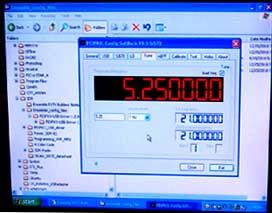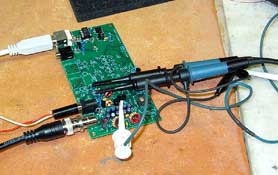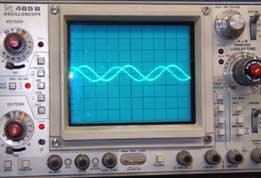The place for learning more about Softrock theory and construction is WB5RVZ's Web site. (There are more useful links at the end of this presentation).
For its part, my configuration runs free SDR software. There are quite a few compilations to choose from and experiment with (more on this later).
The Hardware
The Softrock Ensemble RXTX hardware implements a quadrature sampling encoder (QSE) and a quadrature sampling detector (QSD) that works in conjunction with an outboard USB-compatible soundcard digitizer. My Creative Labs USB soundcard plug-in communicates with a Windows XP platform running an AMD Athlon processor clocking at 2.8-GHz, with 1024 Mbytes (1 Gbyte) of DRAM.
The QSE and QSD circuits support Transmit and Receive functions, respectively.

The photo to the right shows the Ensemble RXTX mounted in a small enclosure, along with a control relay board. The relay mutes some pesky sidetone generated by the software.
The enclosure houses power, USB, and I/O connectors, as well as a BNC connector for the antenna port.
My Ensemble RXTX is wired for Receive and Transmit coverage of the 30, 20, and 17 meter bands, but it works well transmitting on 40 meters, too. The receiver's lowpass filter permits receive-only operation down through 160 meters with very good performance.




